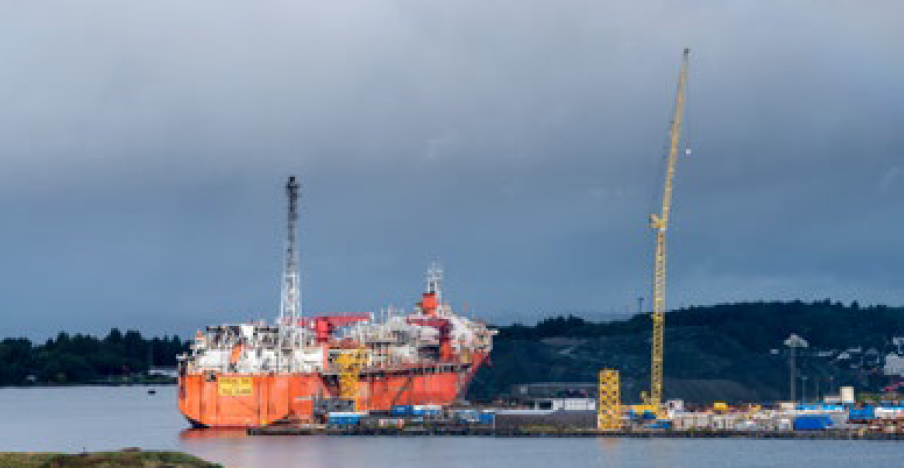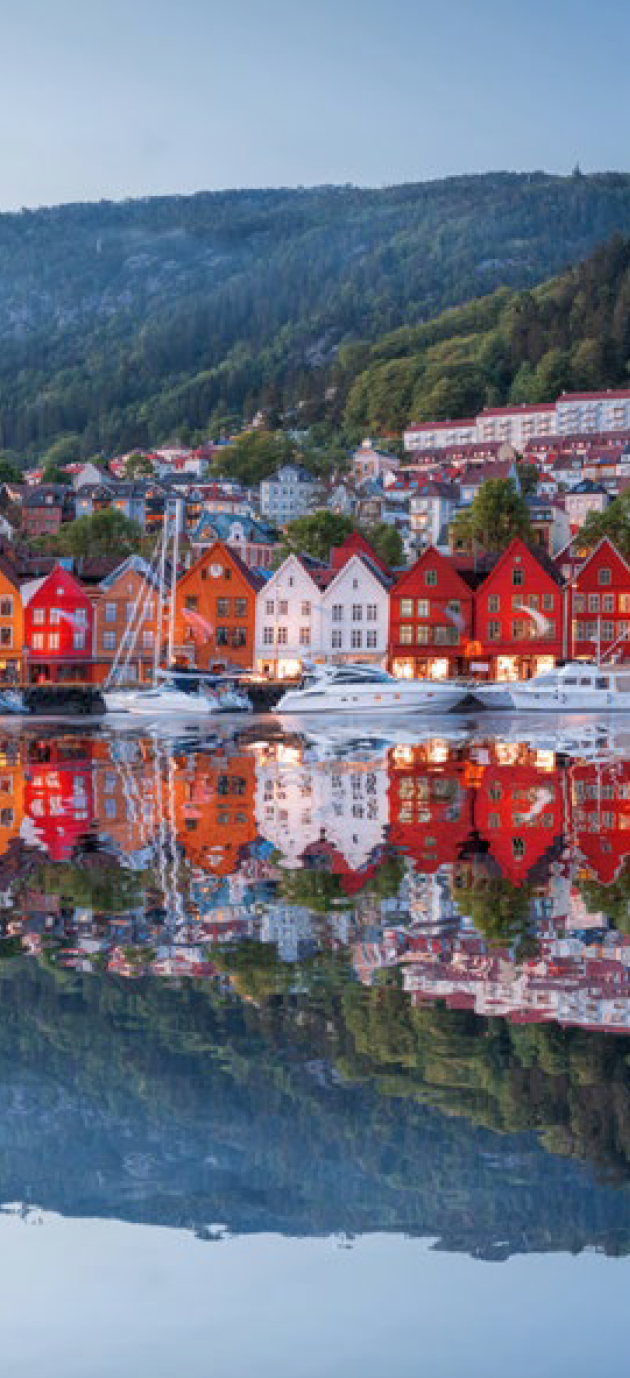Norway faces threat from LNG [NGW Magazine]
Norwegian gas exports are expected to grow this year as new production comes online, and by 2022 a new pipeline will expand sales in eastern Europe. However, stiff competition from cheaper LNG (and renewables) could challenge Norway’s pipeline exports over the next few years, despite falling gas output in Europe.
Norway is the largest gas supplier to Europe after Russia, and while gas output fell slightly last year, new field and infrastructure start-ups should see growth return this year – although whether that translates into higher exports to Europe depends partly on how much LNG arrives.
The last few months have seen record LNG imports to Europe, spurred on by fresh supply and lower prices.
Norway's gas production in 2018 was 121.7bn m3, down from 124.2bn m3 in 2017 and below its 124.4bn m3 forecast for the year, according to the Norwegian Petroleum Directorate (NPD) – however, the summer months saw record exports to Europe, as well as from Russia.
New pipeline to eastern Europe
Norway plays a crucial role in balancing Russian market power in Europe, enhancing energy security and ensuring price competition. Poland, in particular, is keen to reduce its reliance of Russia for energy, and state-owned integrated oil company, PGNiG, has successfully pushed for the 10bn m3/year Baltic Pipe to supply Norwegian gas via Denmark.
This could meet the bulk of its gas needs once Poland’s current 10.2bn m3/yr deal with Gazprom runs out in 2022. PGNiG says will not be renewed, although rising LNG import capacity is another alternative source of supply. A similar amount could come through its LNG import terminal.
A final investment decision was made on the $1.5bn pipeline in November, with ownership shared equally between Gaz System of Poland and Energinet of Denmark. Then, in January, the EU decided to back the project with a €215mn subsidy from its Connecting Europe Facility. The pipeline is due onstream in October 2022, and will include reverse transmission capacity from Poland to Denmark and Sweden – which could allow for Russian exports when conditions are suitable.
 Integrated supply chain
Integrated supply chain
Norway also provides many opportunities for Europe’s utilities and downstream-dominated oil and gas companies to invest directly in upstream assets, further enhancing supply security. OMV, MOL and Wintershall are all present, along with PGNiG and the majors. In January, the Polish state company expanded its upstream position further with the award of three licences in Norway's latest licensing round, two of which the company will operate. They add to the 18 Norwegian exploration and exploitation concessions the company already has. PGNiG said that it intends to increase its acreage further with the aim of eventually producing 2.5bn m3/year of gas to supply the Baltic pipeline. Remaining volumes could be sourced from other producers in Norwegian waters.
“Norway is a predictable business partner. According to recent estimates by the Norwegian authorities, so far, the country has produced less than half of its estimated oil and gas reserves… This is a promising market where we achieve good results and robust rates of return on our investments. Gas from Norway will be produced for decades to come. We have been operating in that market for over 11 years, and we intend, as our western neighbours are already doing, to import gas from our own deposits through the gas pipeline, starting from 2022,” said PGNiG CEO Piotr Wozniak in late 2018.
LNG alternative
PGNiG has also signed up LNG offtake deals with US-based Venture Global LNG, Cheniere Marketing International and Sempra's Port Arthur LNG. They have still to get the go-ahead, but once they do, they will deliver over 7bn m3/yr in total after 2023 on a free-on-board basis, allowing the gas to go anywhere PGNiG decides. Adding in contracts with Qatargas, PGNiG’s purchases will be over 10bn m3/yr.
This could mean competition for the potential 10bn m3/yr pipeline supply from Norway. But it could also be sold elsewhere, or used to supply gas (alongside renewables) to replace polluting coal-fired power stations in Poland.
So far, there is little sign of this. But as the 2020s progress, EU emissions goals and the ETS carbon price could force some switching away from coal.
Rising Norwegian output
The start-up at Equinor’s Aasta Hansteen deepwater field in December in the northern part of the Norwegian Sea is responsible for part of the anticipated rise in Norwegian output this year. In addition, Shell is targeting an increase in gas output from the Ormen Lange field through the installation of subsea compressors. The field’s output has been falling since it peaked in 2012 at 22.2bn m3, with output slipping to 15.7bn m3 last year.
Aasta Hansteen is a smaller gasfield than Ormen Lange, but has plenty of associated liquids, with estimated recoverable reserves, including its Snefrid North satellite field, of 4.1bn bls of condensate, along with about 55.6bn m3 of gas. The gas will be transported to shore through the 482-km Polarled pipeline, which along with the field infrastructure, has capacity to handle further developments.
Among other companies active on Norway’s continental shelf is private equity-backed Neptune Energy, which recently submitted development plans for two oil and gas projects expected to produce a combined 54,000 boe/d in January. The Duva and Gjoa P1 projects should come on stream in late-2020 or early-2021, and between them they have 120mn boe in reserves.
Neptune purchased the Gjoa concession along with Engie’s other upstream assets in early 2018. The company also operates the Fenja project, which is due on stream in 2021.
In addition, there are another 60 or more discoveries that could be, or are being, considered for development in Norwegian waters. Most of them are small and will proceed as satellites to existing fields. Some of the smaller discoveries may combine to build infrastructure through collaborative ventures, while stand-alone developments are planned for the biggest finds.
The NPD expects that the ratio between produced gas and liquids (crude, condensate and NGLs) will remain roughly equal in Norwegian output over the next few years, with gas accounting for about half of the production now through to 2023 at least. Beyond that, further exploration will be an influence on the mix. Norway awarded more licences than ever before in its latest offshore auction in January: 33 companies were awarded one or more ownership interests in a total of 83 production licences.
Norwegian production looks set supply Europe for many years to come, providing a secure and politically stable supply close to major consumers in Europe. Despite the long-awaited glut of LNG, upstream investment is buoyant, and with the extension of transportation links, the resource-rich nation looks set to bring competition and diverse supply to eastern Europe – complimenting the growing role of LNG.



